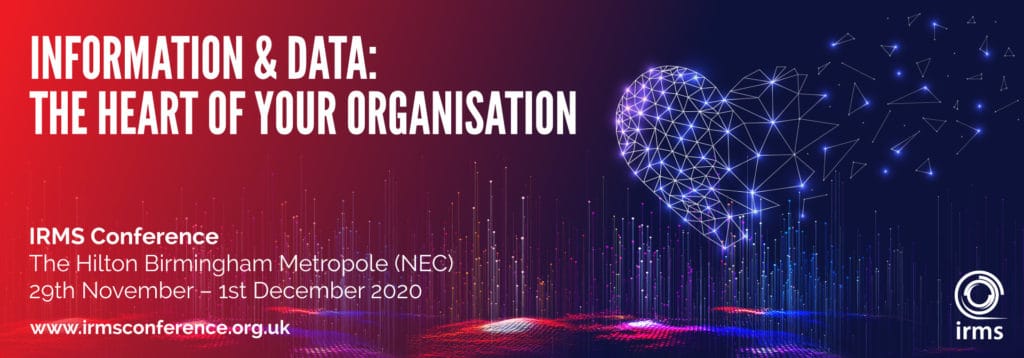Creativity and innovation are vital to the successful performance of organisations across the globe. Fast-paced changes in technology, economic shifts, globalisation and everyday life has led to increased competition.
Today, 21st April 2022, marks World Creativity and Innovation Day. A day designated by the United Nations to raise awareness of the role of creativity and innovation in all aspects of human development.
At OASIS Group we wanted to take this opportunity to explore and celebrate creativity and innovation in information management. We’ve spoken with Team Members and peers to compile the below list.
Information Management systems
OK, so this may seem like an obvious one however some of us can still remember the days of paper management systems, before software designed to facilitate the storage, organisation and retrieval of information were introduced.
We say remember…however we do still meet organisations managing their information using manual paper based processes.
Collecting and managing data that is stored in a variety of formats, making it accessible to the people who need it is the innovation that we often take for granted. With more people working remotely than ever before, we have no doubt that there are more creative innovations on the horizon (we may also have insider knowledge on this topic)!
Smartphones
Initially this may not be an obvious choice for information management (even though it was a popular answer) however imagine having to carry around an address book of all your client’s contact details, rather than having them all stored in your phone. Or worse, having to memorise all those phone numbers and email addresses.
Needing to carry a laptop around to click approve on a payment when you can simply use a mobile banking app on your phone. These are all innovations that came from understanding how and why we use information and data.
Microfilm and Microfiche
Now some of you may be reading this saying Micro-what-now? Others may be fondly remembering what were once indispensable ways of preserving and backing up records in a compact way.
Whilst technology has advanced through innovation, creativity and necessity, some organisations are still using microfilm and microfiche today. For some the changing of the process seems daunting, for others there has been no push to conversion as microfiche was expected to last for 100 years. The problem is the devices for viewing both microfilm and microfiche are becoming harder to get hold of.
For those companies we would say don’t panic. At OASIS Group we have specialist Team Members trained to use various reading and conversion devices.
Business Process Automation (BPA)
Business process automation, also known as business automation or digital transformation, uses technology to automate complex business processes. For companies looking to achieve their digital transformation goals business process automation is a great place to start.
Unlike other automation processes business process automation connects to multiple IT systems and is tailored specifically to the needs of each organisation. Therefore rather than an out of the box solution, workflow is used to replicate, or build upon an existing business process.
Robotic Process Automation (RPA)
Robotic process automation focuses on automating individual tasks (such as reading a document or fetching data from a database or system). Unlike BPA, which looks to achieve full process automation, robotic process automation focuses on smaller tasks within a larger process.
By using robots to do repetitive parts of a larger process; such as moving files, copying data, filling in forms or logging into systems, humans are freed up to be creative or further innovate to improve processes and procedures.
Future Innovations
Whilst this list includes just five innovations within information management there are many more we could have included. Knowledge and information are at the heart of innovation and we are seeing more creative responses to problem solving everyday.
By understanding how we interact with the data and information in our own organisations we can achieve new and exciting innovations.
